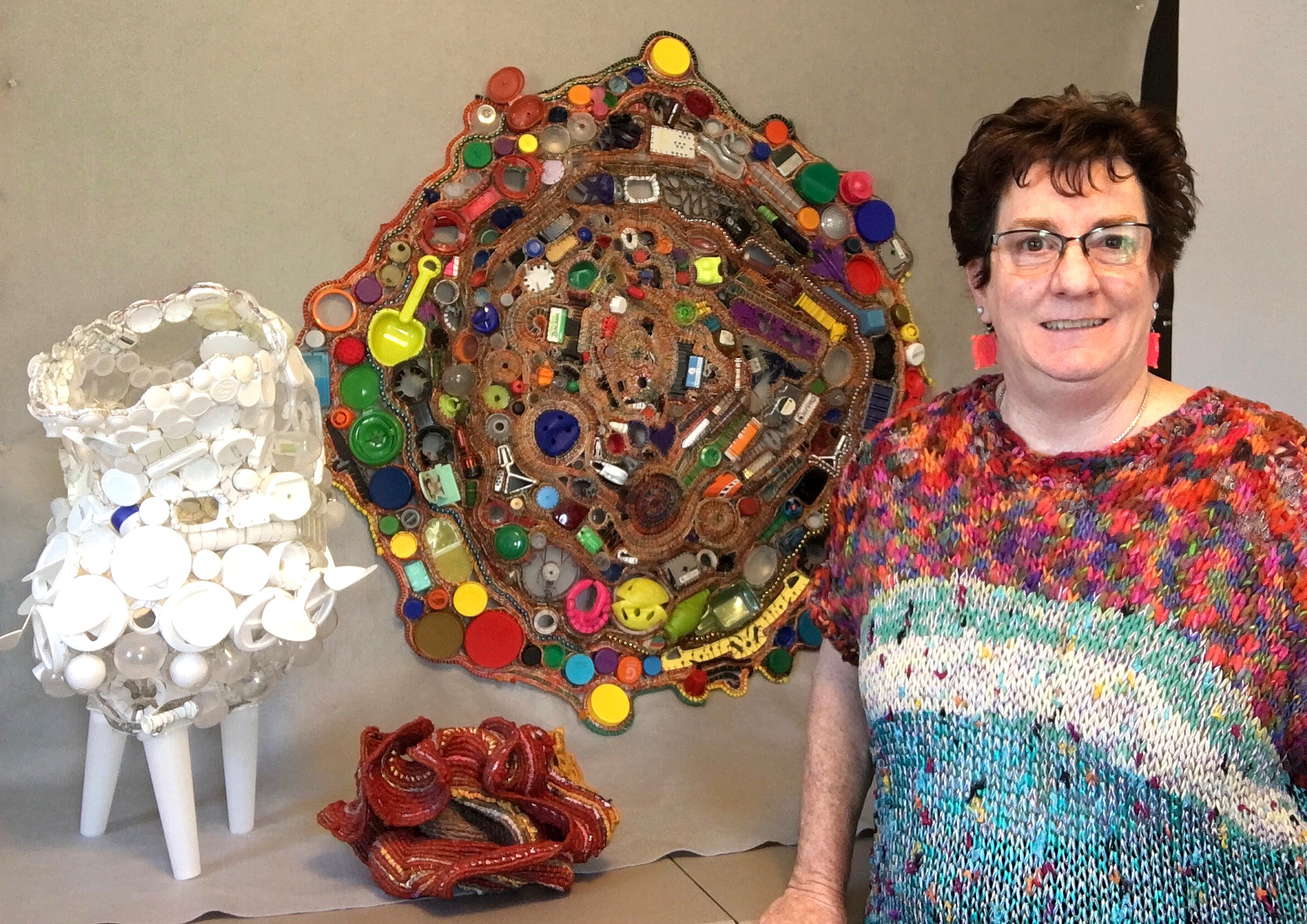

We’re looking forward to introducing you to Julie Kornblum. Check out our conversation below.
Hi Julie, thank you so much for taking time out of your busy day to share your story, experiences and insights with our readers. Let’s jump right in with an interesting one: What makes you lose track of time—and find yourself again?
I lose track of time when I am in my studio working, especially when I’m in the beginning stages, the design process. When I am building a coiled basketry piece I
design as I go along. Those are the times when I don’t want to stop working, and I’ll look up and it will be 10:00 at night when the last time I had looked at the clock it was 4:00 PM.
I can also lose track of time when I go through my e-mail inbox to clear it out. I’m aware that many people find this to be an unpleasant chore. But when I’m go through my e-mail it’s like organizing my studio after completing a big project. A few times a year I can go the whole way through my inbox and zero out the banner for unread emails, and that is immensely satisfying.
When I am in the design phase of a new project, sitting among my materials turning the idea over in my mind and sorting things and trying things out, that’s when I can lose track of time. That’s when when I find myself, it is the heart of my artistic process, those are the moments when I feel the most myself.
Can you briefly introduce yourself and share what makes you or your brand unique?
I am an artist, working in the medium of textiles, fibers, and fiber art techniques. I have done artwork in weaving, coiled basketry, knitting, and crocheting. I also make jewelry and wearable art garments. I’ve had a long history of sewing garments, doing fiber-based artwork and crafts, and I have a background as a pattern maker in the fashion industry. I taught sewing and pattern making at Otis College of Art and Design.
My artwork usually addresses an environmental theme, and I focus on using disposable and discarded plastic materials and objects. I exhibit my work in many community art centers and galleries. I make wearable outfits using plastic discarded materials and have participated in Trashion (trash + fashion) shows.
Thanks for sharing that. Would love to go back in time and hear about how your past might have impacted who you are today. Who taught you the most about work?
My mother, my grandmother, my aunt Barb, and my professor, Bee Colman at California State University Northridge.
My earliest memories are of my mother sewing while I played with fabric scraps on the couch across the room.
My grandmother knitted and crocheted. She taught me to crochet on one of our summer trips back to our hometown. I went on to learn knitting many years later because I thought I needed to, I thought everyone did both, because my grandmother did.
My aunt Barb did all kinds of creative work including needlework with yarn, called crewel. She was a champion, the one aunt who exchanged letters with all of the cousins, always encouraging and providing support even if it was over the phone from across the country.
My professor, Bee Colman was the only instructor in the Fiber and Textile Art program at CSUN. As I was a part time student, I took many years to do my degree program, and we grew to be friends. We became friends and even traveled together.
I feel their influence when I’m working and almost every day, I hear in my mind the things they taught me.
Was there ever a time you almost gave up?
About ten years ago I became discouraged at the reality of plastic pollution in the world. My purpose for addressing plastic pollution in my artwork was to raise awareness, and I realized that increased awareness had done nothing towards solving the problem. In the ten years that I had been doing my work, the amount of plastic trash had grown tremendously with no signs of slowing down. I literally stopped making artwork for a while.
I pivoted in my working life to grant writing in the homeless services sector in my local area. I had decided to do something that would actually help people in my community immediately. Years earlier I had learned how to write grants as a volunteer for my children’s elementary school. As an artist I had used those skills in writing exhibition proposals.
I was able to help several organizations receive funding, and for a short time I thought that was going to be my work for the remainder of my working life. But then I entered a business with someone who, it turned out, was not a good business partner. Fortunately, I was able to get out of it when things went bad, without losing too much money, or committing fraud.
By then I thought my working life was over. I thought I was too old to start again. My solace throughout 2019 was knitting. Then the pandemic shut down actually gave me a reset. I made a basket as a housewarming gift and I started making artwork again. I redid my website and started entering exhibitions again.
I discovered a fiber arts nonprofit organization called Quilting for Community, whose mission is to provide low-cost instruction in quilting and sewing, and to be a place where all are welcome to engage in creative work. I began helping them receive grants. After a while, I joined the board there.
I have found my perfect place. I still focus my artwork on the problem of plastic pollution, because I feel that issue still needs to be spoken about. I am actively engaged in a fantastic creative community in the fiber arts network of Southern California. And I am making a contribution to the larger community of the San Fernando Valley and all of Los Angeles through grant writing.
Alright, so if you are open to it, let’s explore some philosophical questions that touch on your values and worldview. What’s a belief or project you’re committed to, no matter how long it takes?
As I said in the previous question, I am committed to speaking about and keeping focus on the problem of plastic pollution. I know that I am one of many voices who are speaking about this, and I feel it is important to keep focus on this, even if its not the topic that’s at the top of everybody’s minds currently.
I am also committed to supporting Quilting for Community, and creative communities of the San Fernando Valley, and Los Angeles. This small nonprofit arts organization is committed to remaining positive and welcoming regardless of what is happening outside of our doors. We are committed to providing a place where people can find solace in doing creative fiber arts. We have quilters, sewists, and volunteers who lost their homes in the fires of January 2025; the work and community they find in our design center are helpful in recovering from that crisis. Our students and volunteers come from all walks of life, from teenage to elderly women and men. We have high school students who are into designing and making their own clothes, they can find supplies and encouragement with us. We have new empty-nesters who would otherwise be home alone, also quilters and crafters who come to Q4C to be with other creative people in community.
Okay, so before we go, let’s tackle one more area. Are you doing what you were born to do—or what you were told to do?
I am absolutely doing what I was born to do, I am surer of it now than I have ever been. I was always interested in making things with fabric, thread, yarn, and needles. I was always writing. My book report in 4th grade would be the longest one in the class, my volunteering for my children’s elementary school was grant writing, because I certainly didn’t want to be baking cookies for the bake sale.
Ten years ago, when I picked up grant writing I turned away from my artwork. The nonprofit sector I was working in was incongruous with being an exhibiting artist; I couldn’t shift focus to concentrate on both.
Now, my grant writing gives me even deeper connection with the fiber arts creative community. My creative output has increased due to my involvement with the organization I’m writing grants for. This is the best alignment of work I could imagine.
Contact Info:
- Website: https://juliekornblum.com
- Instagram: juliekornblumstudio
- Linkedin: Julie Kornblum
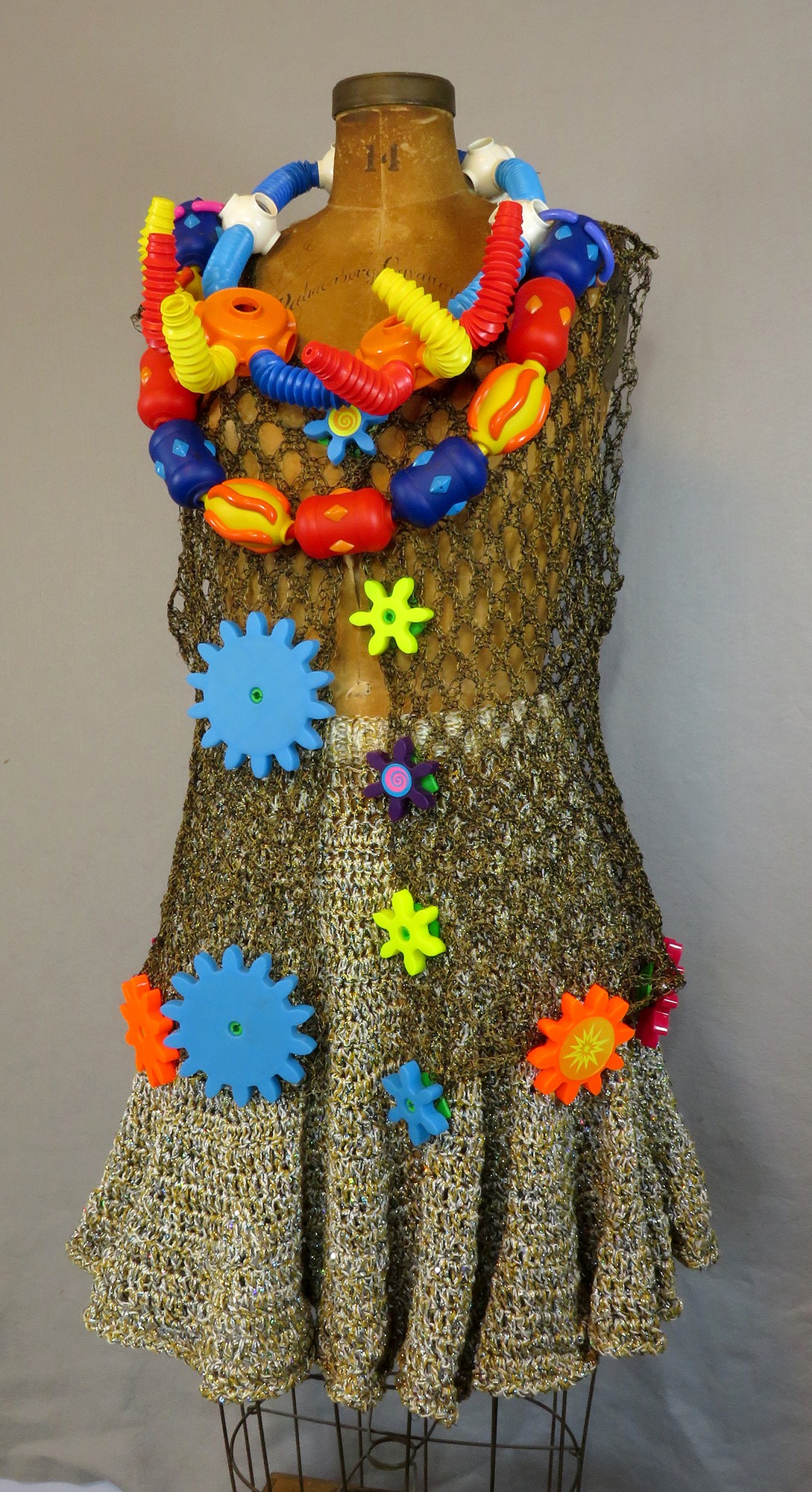
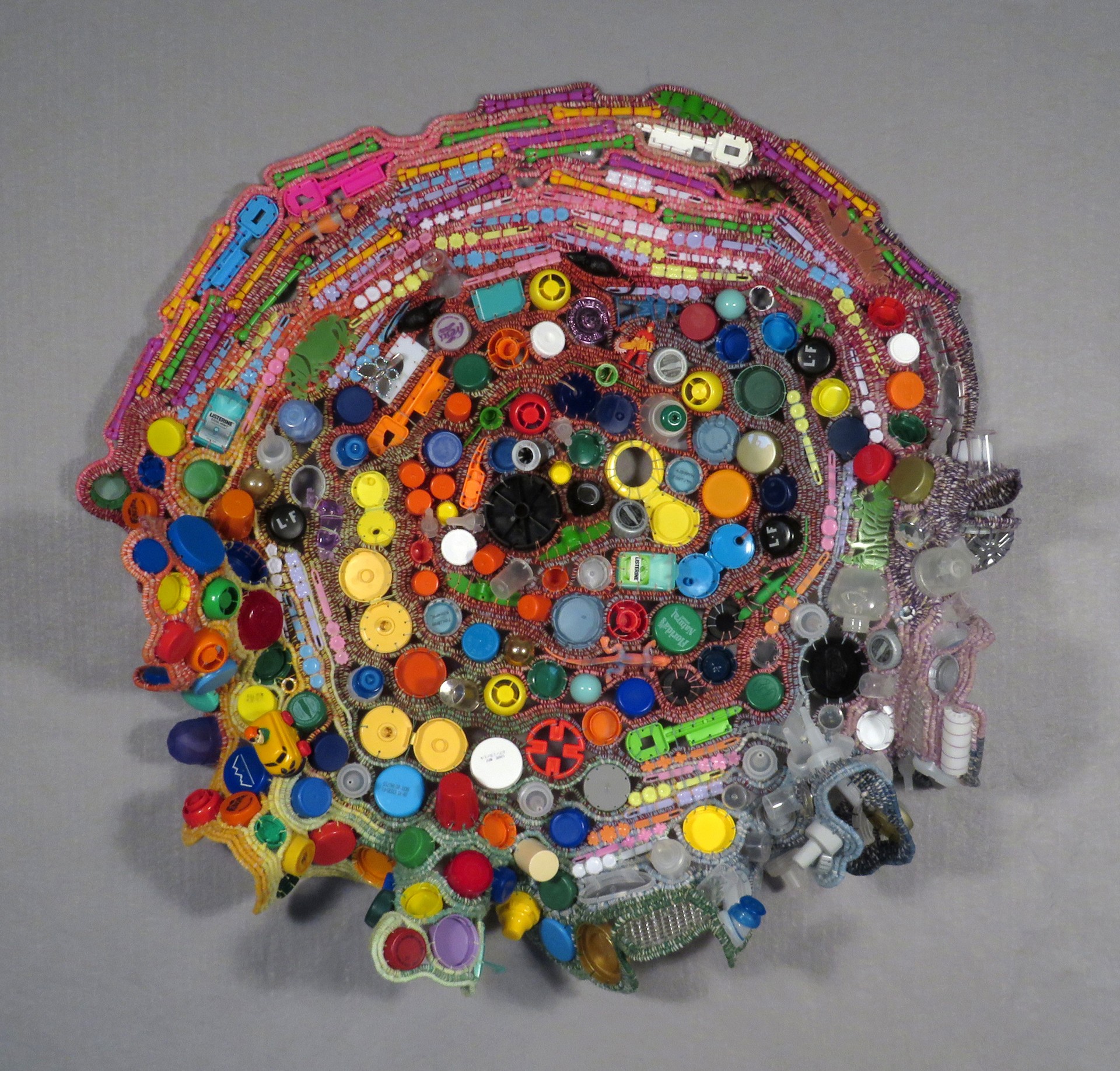
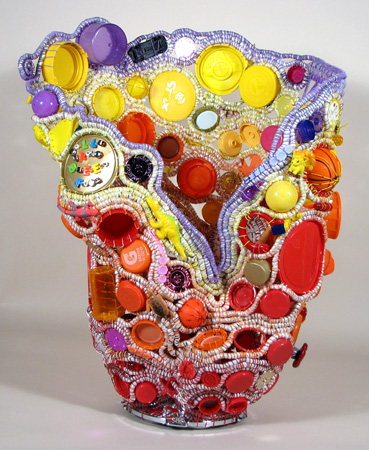
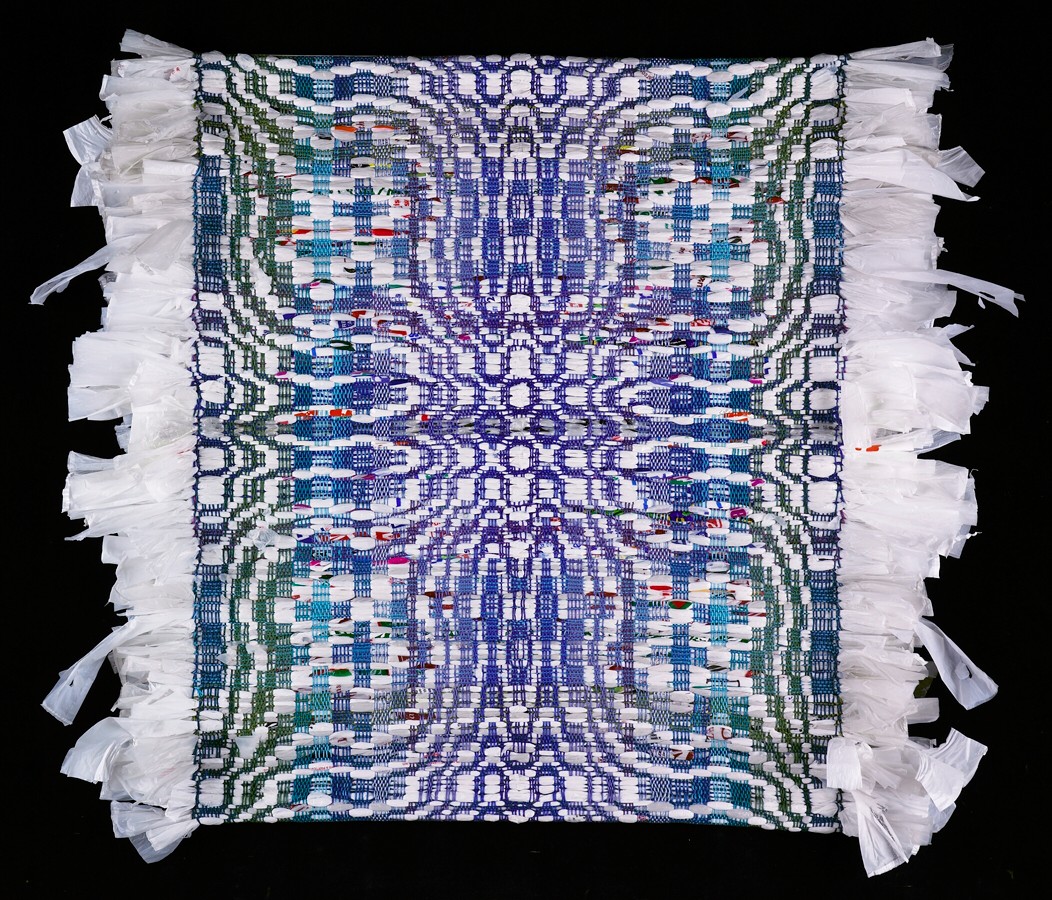
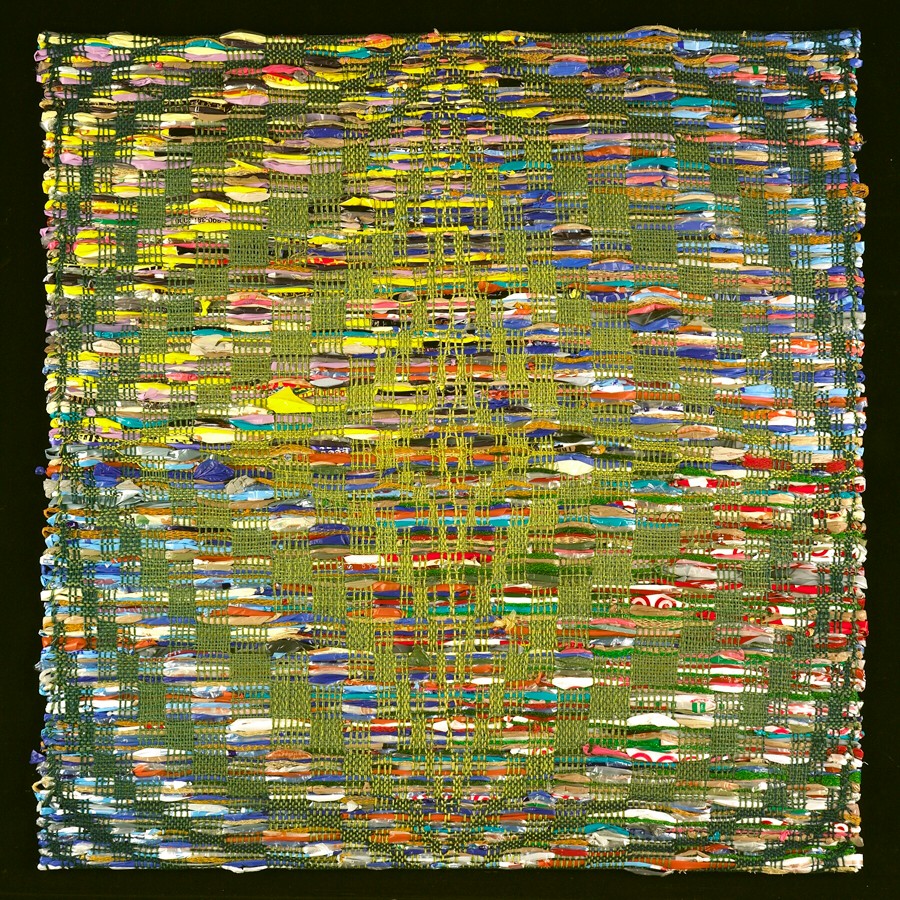
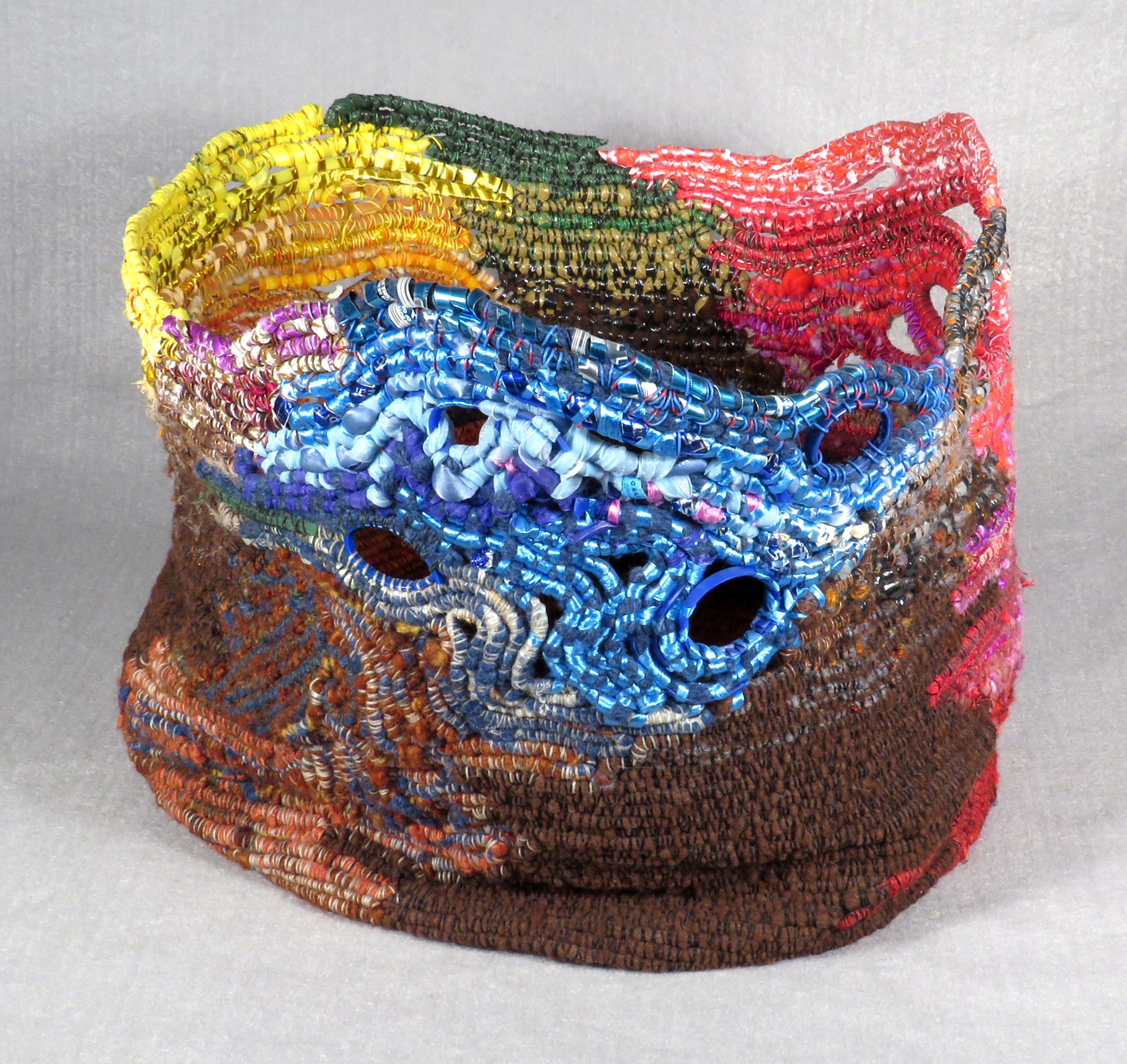
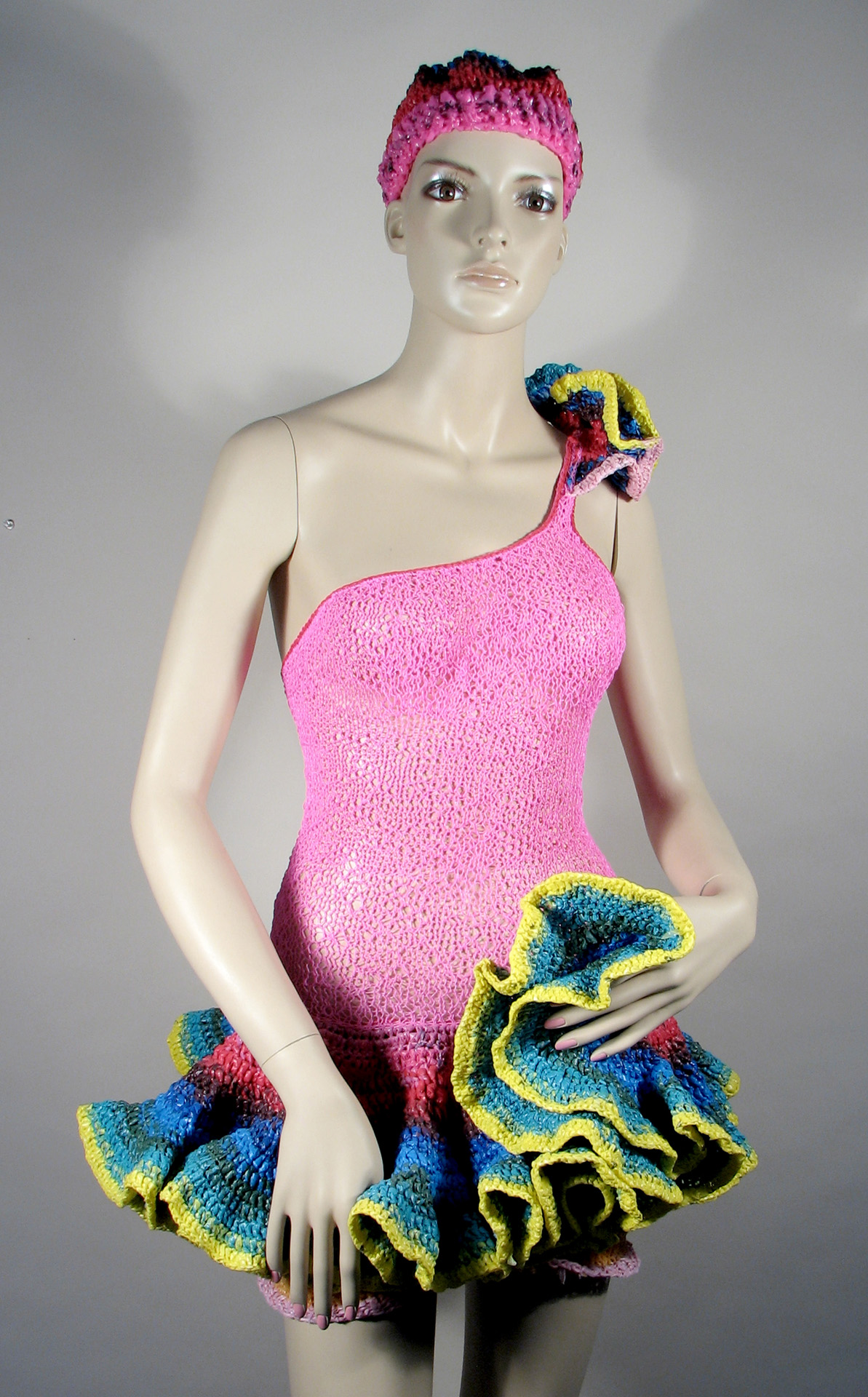
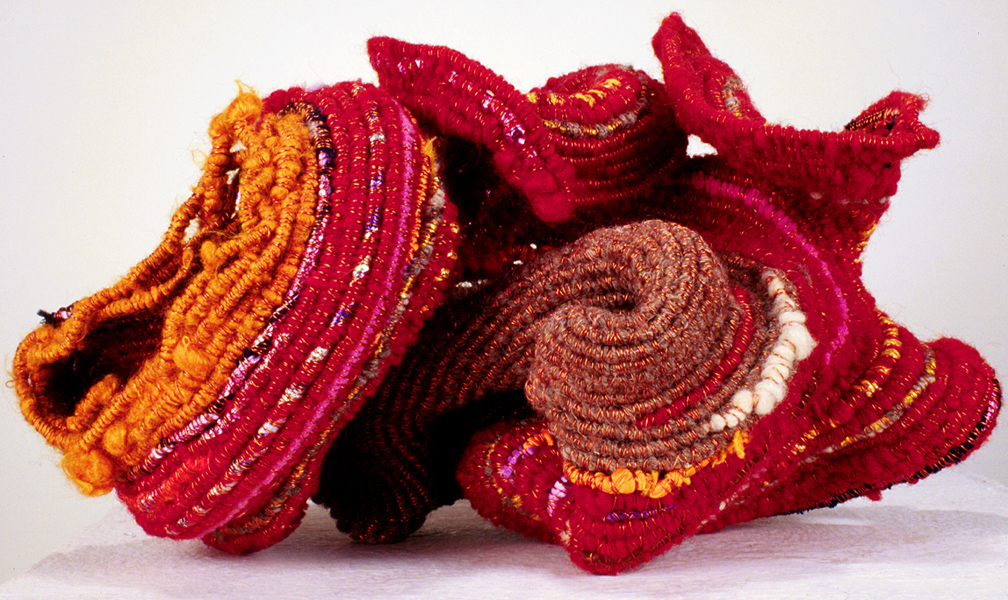
Image Credits
image credit, myself














